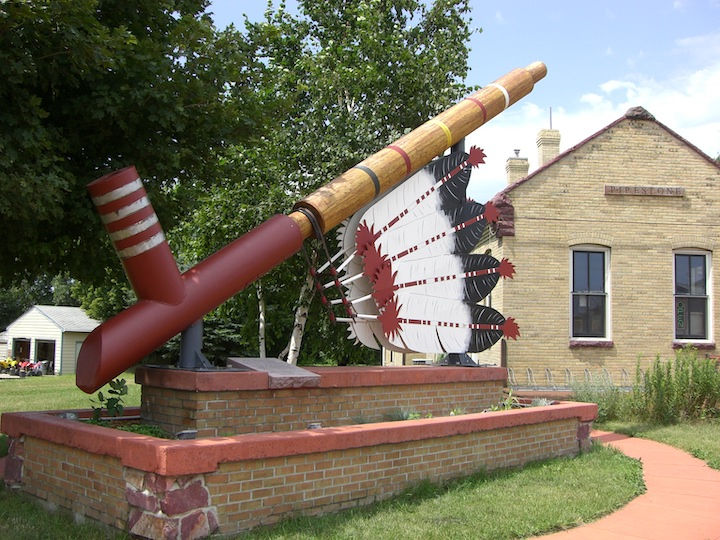Scientists Tell Kumeyaay: Su Casa Es Mi Casa
- ©2012 Kenneth S. Cohen
- Apr 24, 2012
- 2 min read

Photo by Ken Cohen of Kumeyaay traditional Bird Singers during the public dedication of "Coyote Tracks,"
a magnificent sculpture of a Kumeyaay basket pattern (behind the singers) by Santa Ysabel Kumeyaay artist Kenneth Banks.
The April 2012 issue of Scientific American contains an opinion piece by the Board of Editors of Scientific American calling for changing or repealing federal laws that allow local Indian tribes to claim skeletal remains found on their land, in this case a 10,000 year old skeleton found near La Jolla, California. The scientists ask “Who owns the past?” and declare that the story these bones might tell should be the “patrimony of all Americans.” I wonder what Last Will and Testament or prophetic work they are reading? I was unaware that any ancient Americans bequeathed their bones to Europeans. In my opinion, the article only demonstrates how scientists can be blinded by cultural assumptions, stereotypes, and ignorance.
The right of the Kumeyaay Nation to claim ancient human remains is not a matter of restitution for historical wrongs, as though the return of bones somehow balances past white looting of Indian graves. Rather it is simply a matter of Euro-American scholars demonstrating cultural respect for the original people and a willingness to acknowledge one’s “guest” status in the land the Kumeyaay call “home.”
The editors are disturbed that “the Kumeyaay claim is based on folklore” rather than “physical evidence” of affiliation with any modern tribe, as though such evidence is better criteria of truth or ownership. In Native American culture, narratives expressed in features of the landscape establish property rights. Oral histories about "this stone", "that lagoon" have greater longevity and provide firmer evidence than a pottery shard. I propose a contest. The editors of Scientific American and a group of Kumeyaay historians sit together in an indigenous court of law. The judge asks each group to tell the stories, legends, “folklore” of the La Jolla area where the remains were found. Whichever group knows the most stories (and affirms that such stories are part of their culture and heritage) determines the disposition of the bones. Who do you think would win?
Postscript: Be sure to also read the comments after the article as they provide thought-provoking insight into science, theology, and bigotry. My own comments were never published either online or in print, even though I submitted and re-submitted them immediately after the magazine was published. I suspect that my words made the editors of Scientific American too uncomfortable!




Comments